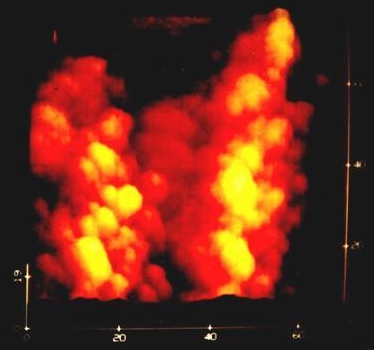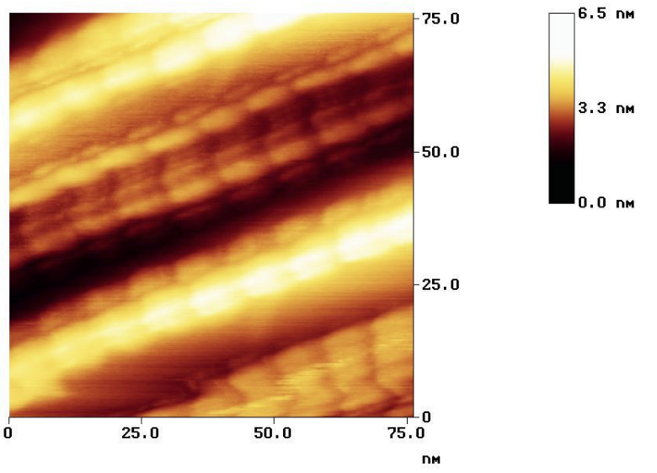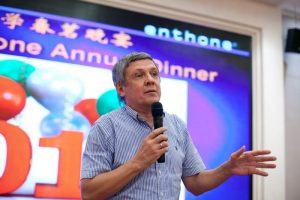


Fundamental research
Aktuelle Nachricht:
16. 5.: Die Leibniz-Sozietät der Wissenschaften (eine Akademie der Wissenschaften) wählte Dr. Bernhard Weßling als neues Mitglied hinzu. Pressemitteilung. Offizielle Aufnahme am 26. 6. beim Leibniz-Tag. (wird laufend aktualisiert)
News:
Early February 2025, an international Research consortium published an article about 2-dimensional Polyaniline: https://www.nature.com/articles/s41586-024-08387-9. After my first comment on the respective researchgate page (see below), I am in active discussion with the group. You can, follow it here at communities.springernature.com.

Very differentiated comments sent to „nature“ on March 13 in the format of „Matters Arising“
With this email (dated March 18, 2025), „nature“ rejected my comment:
Dear Bernhard,
Thank you for your submission, MA: Weak (if at all) experimental evidence for structure model and superior performance claims of a 2D Polyaniline, to the Matters Arising section, regarding the publication by Zhang et al. After careful consideration, I regret to say that we cannot offer to publish it.
Our main criterion for consideration of Matters Arising is the degree to which the Comment provides interesting and timely scientific criticism and clarification of a Nature publication. In the present case, while we appreciate the interest of your comments to the community, we do not feel that they challenge the conclusions or clarify understanding of the paper by Zhang et al. …
Yours sincerely … (Senior editor)
Fundamental Research in Conductive Polymers (leading to the first Organic Metal), its dispersion, colloidal science in general, non-equilibrium thermodynamics and turbulence
Research Topics and Results
Major results of Dr. Wessling’s research over almost 4 decades have been
– synthesis and characterisation of polyaniline p-toluene sulfonate, its dispersion (towards processable forms), structure elucidation, transformation to an Organic Metal, basic understanding of the properties of an Organic Metal: (nano-)metallic conductivity mechanism in combination with catalytic abilities;
– pioneering application processes (mainly corrosion protection, based on the discovery of the passivation capability of the Organic Metal Polyaniline, and final finishing of printed circuit boards / chemical deposition of Tin on Copper catalyzed by the Organic Metal, and passivation of Copper by it);
– fundamental insights into the Organic Metal’s properties and into the various application processes basics;
– non-equilibrium thermodynamical description of dispersions and emulsions (concise non-equilibrium thermodynamical theory), discovery and theoretical explanation of structure formation in dispersions and emulsions (self-organisation to frozen dissipative structures);
– (together with Dr. Helmut Baumert) parameter-free theory of turbulence of dispersions and emulsions.
The following links offer some paths to history and key publications of this research work.
Most of publications can be found here: https://www.researchgate.net/profile/Bernhard-Wessling/research
Here at scholar.google.com you can find a citation overview.





